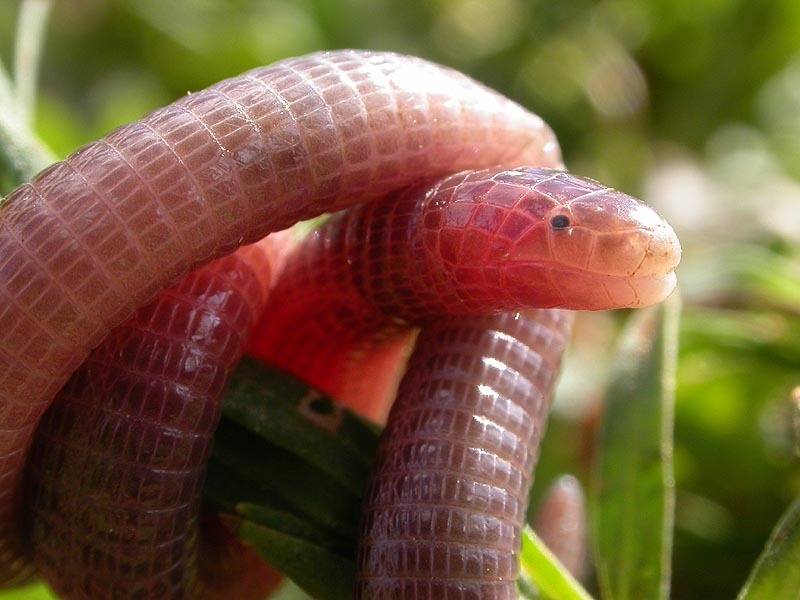|
Iberian Worm Lizard
The Iberian worm lizard, Mediterranean worm lizard, or European worm lizard (''Blanus cinereus'') is a species of reptile in the family Blanidae (worm lizards) of the clade Amphisbaenia. The Iberian worm lizard is locally known as ''cobra-cega'' (Portuguese), ''culebrilla ciega'' (Spanish), and ''colobreta cega'' (Catalan), all meaning "blind snake". Recent studies into the mitochondrial and nuclear genomic data of 47 isolated ''B. cinereus'' populations show rather large sequence divergence between two apparent clades, leading some researchers to call for a division of the Iberian worm lizard into two species. While little is known of ''B. cinereus'' in comparison with some other reptile species, new insight is growing about this primitive, ancestral reptile. Geographic range The Iberian worm lizard is found within Portugal and through most of central and southern Spain. Habitat ''B. cinereus'' is a subterranean species found in a wide variety of Mediterranean habitats ... [...More Info...] [...Related Items...] OR: [Wikipedia] [Google] [Baidu] |
Domenico Vandelli
Domenico Agostino Vandelli (Padua, 8 July 1735 – Lisbon, 27 June 1816) was an Italian naturalist, who did most of his scientific work in Portugal. He studied at the University of Padua, from which he received a doctorate in Natural Philosophy and Medicine in 1756. While active as naturalist in Italy he began a correspondence with the Swedish naturalist Carl von Linné, which continued for several years. In 1763 he was invited by Catherine the Great of Russia to join the faculty of the University of St. Petersburg, but he declined. In 1764 Vandelli moved to Portugal, where in 1765 he was appointed lecturer in chemistry and natural sciences at the University of Coimbra. He was the first supervisor for the orientation of the Botanical Garden of the University of Coimbra, being followed in 1791 by Félix Avelar Brotero. One of his major works he published was the ''Tractatus de thermis agri patavini'' in 1761. In about 1793 he became the first director of the Botanical G ... [...More Info...] [...Related Items...] OR: [Wikipedia] [Google] [Baidu] |
